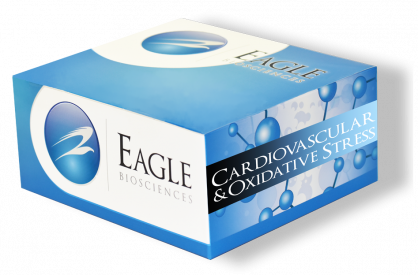Swine IL-2 ELISA Assay
The Swine IL-2 ELISA Assay is For Research Use Only
Size: 1×96 wells
Sensitivity: 2 pg/mL
Dynamic Range: 3.9 – 125 pg/mL
Incubation Time: 3 hours
Sample Type: Serum, Plasma, Cell Culture
Sample Size: 100 µl
Alternative Names: Interleukin 2, Porcine IL-2
SAMPLE COLLECTION AND STORAGE
1. Cell Culture Supernates – Remove particulates by centrifugation.
2. Serum – Use a serum separator tube (SST) and allow samples to clot for 30 minutes before centrifugation for 15 minutes at approximately 1000 x g. Remove serum, avoid hemolysis and high blood lipid samples.
3. Plasma – Recommended EDTA as an anticoagulant in plasma. Centrifuge for 15 minutes at 1000 x g within 30 minutes of collection.
4. Assay immediately or aliquot and store samples at -20°C. Avoid repeated freeze-thaw cycles.
5. Dilute samples at the appropriate multiple (recommended to do pre-test to determine the dilution factor).
Note: Normal Swine serum or plasma samples are suggested to make a 1:2 dilution.
Assay Principle
The Porcine Interleukin 2 (IL-2) ELISA Assay Kit employs the quantitative sandwich enzyme immunoassay technique. A monoclonal antibody specific for IL-2 has been pre-coated onto a microplate. Standard, control, or sample and the working solution of Biotin-Conjugate are pipetted into the wells. Following incubation and wash step, any IL-2 present is bound by the immobilized antibody and the detection antibody specific for IL-2 is bound to the combination of capture antibody-IL-2 in sample. Following a wash to remove any unbound combination, and enzyme conjugate is added to the wells. Following incubation and wash steps a substrate is added. A colored product is formed in proportion to the amount of IL-2 present in the sample. The reaction is terminated by addition of acid and absorbance is measured at 450nm. A standard curve is prepared from seven IL-2 standard dilutions and IL-2 sample concentration determined.
Related Products
Swine IL-4 ELISA Assay Kit
Swine IL-10 ELISA Assay Kit
Human IL-2 ELISA Assay


